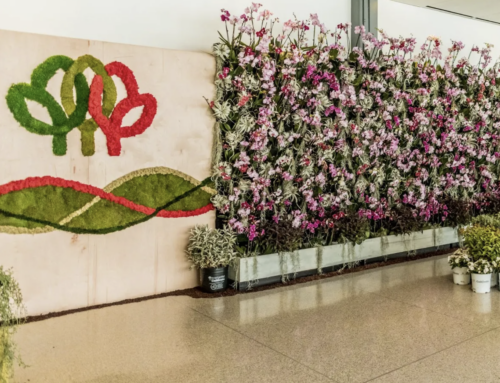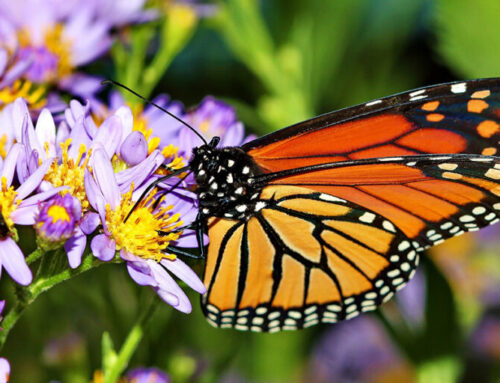Garden Tasks for July
As always — the tasks I list for both the indoor and the outdoor garden are just SUGGESTIONS. You cannot do them all. Neither can I. Work on what makes the most sense to get the most out of your garden.
Outside Tasks:
It’s time to think about fall. Seedlings should be started soon for cool vegetable crops. If you are on the East Coast and suffer from the dreaded squash borer, a new planting of squash seedlings at the beginning of this month might net you a few pans of sautéed summer when everyone else is pulling out cinnamon candles and cardigans.
Early spring annuals such as lunaria, poppies, and hesperis should be edited from the garden to prevent too much self-seeding. Leave some seed heads here and there for next season, and where the seed heads are not attractive (as in the case of hesperis), simply pull up the plant and lay it on the ground where it will be covered by the foliage of summer plants.
Keep on top of the lateral canes of climbing and rambling roses, which will now put out serious growth since flowering earlier last month. Invest in a pole pruner/clipper if you have not – – truly a “how-did-I-live-without-this” tool.
Groundhogs, rabbits, deer and other four legged pests will be getting hungrier as the season progresses and your garden is the only place to go for fresh, leafy greens. Check your fences and barriers every few days and think about getting a trap for groundhogs if you haven’t already. I have found that cantaloupe rinds beat sliced apple as bait any day of the week.
Speaking of pests, the ones with six legs will be much more apparent in the heat-stressed garden. If you make a regular practice of removing adults and clusters of eggs every evening, you stand a much greater chance of stopping an infestation that can only be handled by destroying plants or pulling out vats of chemicals.
Pests with more than six legs (i.e. caterpillars) are beautifully taken care of by an organic spray with BT in it. It will take a couple of days for them to ingest the bacteria and have it make soup out of their innards, so don’t expect an immediate extermination.
July is when I’m going to start seeing disease problems in my plants if I haven’t already. I am slowly eradicating the plants which are most susceptible to the heavy moist air that gathers in this stream valley in the evening, and for spot problems I use Infuse, as it seems to be the most effective against Southern blight, which I battle a great deal in the soils here.
Tomatoes benefit from judiciously removing lower limbs as they climb ever higher. Try to keep your tomatoes trained to just one leader. Laterals get very difficult to deal with and are better taken out.
Water, water, water – preferably deeply and early in the morning. Healthy plants are often side-stepped by disease and pests.
Deadhead your annual and perennial flowers regularly. Doing so prevents the setting of seed and stimulates the plant to continue flowering. There are a few plants where this isn’t the case, but hey…plants look nicer with spent flowers removed anyway.
Revel in your garden. It’s summer. That’s what it’s here for.
Inside Tasks:
Plants dry out inside as well as outside. Warmer days mean more watering. Try to keep them on a regular schedule and don’t forget to feed them too. If you are feeling lazy, plant stakes are probably the best option, but a re-potting and freshening with organic fertilizer is like a birthday present for them. Oh and, why are you leaving those plants inside?!? Give them a #houseplantvacation instead! You can read more about the fears and facts about bringing your houseplants outside in Tropical Plants and How To Love Them.
Aphids (greenfly) are in the air outside and can absolutely make their way indoors. Keep your eyes open and squelch infestations before they become infestations.
Orchids have finished their bloom time now. Cut back the inflorescence if you were lucky enough to inspire one. If you were, don’t move that pot a half inch – it’s obviously happy and orchids can be fickle. Well done and don’t forget to feed it at half strength.
From an article by: Marianne Willburn




